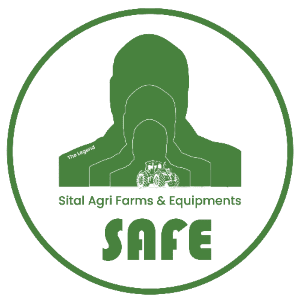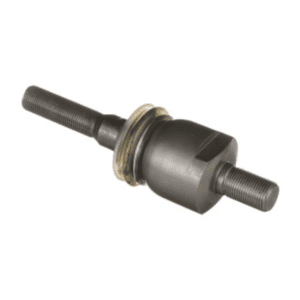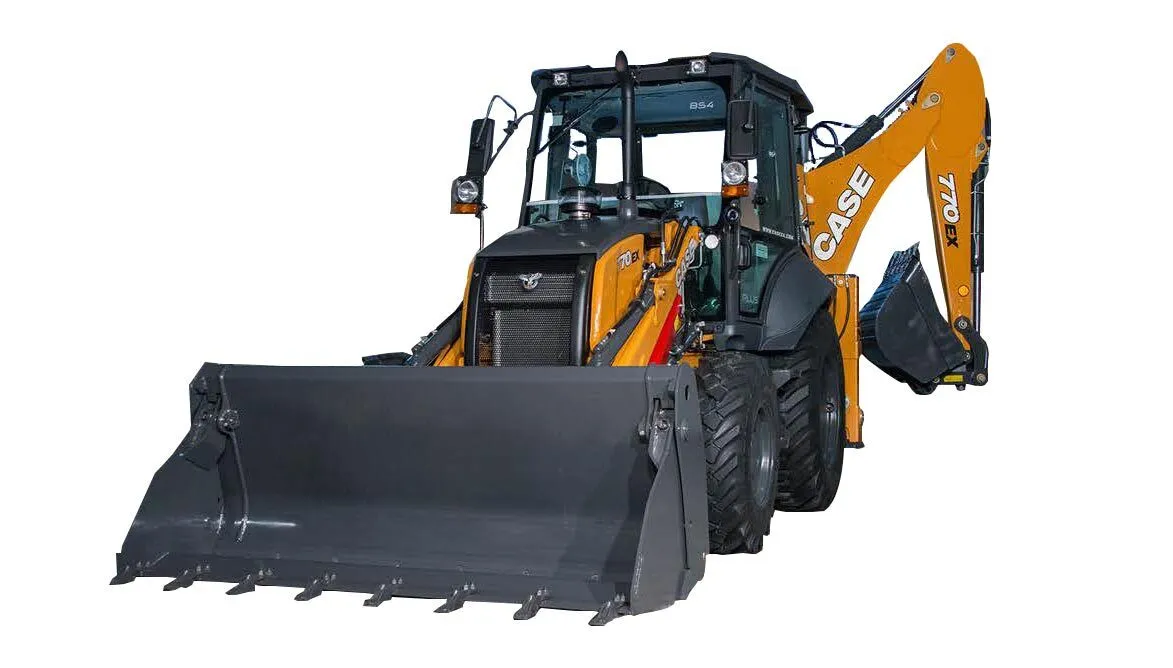The durability and performance of construction equipment depend on the quality of the parts. Choosing genuine OEM (Original Equipment Manufacturer) parts ensures reliability and efficiency. However, counterfeit parts flood the market, making identification crucial. This guide will help you recognize authentic OEM parts and avoid costly mistakes.
What Are OEM Parts?
OEM parts are components produced by the same manufacturer that built the original equipment. They are designed to meet exact specifications and ensure seamless integration with the machinery.
Why Choose Genuine OEM Parts?
- Perfect fit and performance: Designed specifically for your equipment.
- Warranty coverage: Comes with manufacturer-backed assurance.
- Durability: Made with high-quality materials.
- Safety compliance: Tested for industry standards.
Differences Between OEM and Aftermarket Parts
| Feature | OEM Parts | Aftermarket Parts |
| Manufacturer | Equipment manufacturer | Third-party companies |
| Quality | High and consistent | Varies significantly |
| Warranty | Typically covered | Limited or none |
| Fit & Performance | Designed for exact fit | May require modifications |
Risks of Using Counterfeit Parts
- Reduced lifespan and frequent failures
- Compromised safety and performance
- Voided equipment warranties
- Higher long-term repair costs
How to Verify OEM Authenticity?
1. Check the Manufacturer’s Website and Documentation: Most manufacturers provide online verification tools to check part authenticity.
2. Examine Part Numbers and Serial Codes: Compare the serial numbers with official documentation.
3. Look for Branding, Logos, and Markings: OEM parts have precise logos and engravings. Counterfeit parts often have slight discrepancies.
4. Assess Build Quality and Materials: Genuine parts are made from high-quality materials. Look for signs of inferior craftsmanship.
5. Verify with Authorized Dealers and Distributors: Purchasing from authorized sellers minimizes the risk of counterfeit products.
The Role of Pricing in Identifying Genuine OEM Parts
If a deal seems too good to be true, it probably is. OEM parts have standard pricing, while counterfeit parts often offer steep discounts.
Beware of Unrealistic Discounts and Online Scams
Fake sellers lure buyers with deep discounts. Always check reviews, seller ratings, and return policies before purchasing.
FAQs About Genuine OEM Parts
1. How do I differentiate OEM and aftermarket parts?
OEM parts have manufacturer markings and exact specifications, while aftermarket parts vary in design and quality.
2. Where can I buy authentic OEM parts?
Authorized dealers, manufacturer websites, and certified distributors are the safest options.
3. Are aftermarket parts always inferior to OEM?
Not always, but they may lack the precise fit and durability of OEM components.
4. Can I return a counterfeit part?
Many online platforms offer buyer protection, depending on the seller’s policy.
5. Why are OEM parts more expensive?
They undergo rigorous testing and quality assurance and are built to last, justifying the cost.
6. Is it safe to buy OEM parts online?
Yes, but only from reputable sources like official manufacturer websites and authorized sellers.
Conclusion
Ensuring the authenticity of OEM parts protects your construction equipment from performance issues and costly breakdowns. By following these tips, you can confidently purchase high-quality parts and maintain operational efficiency.













